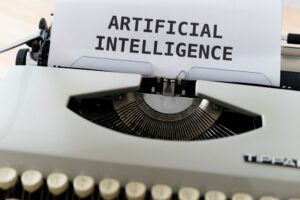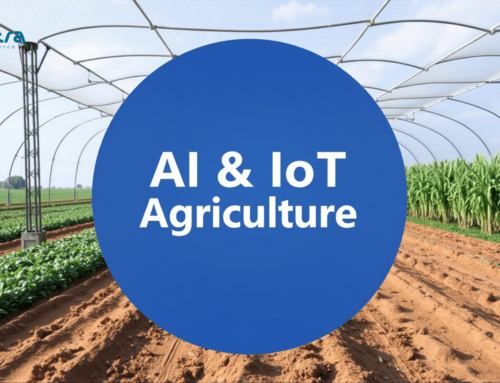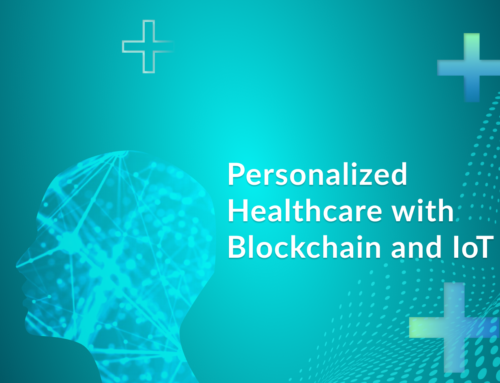Have you heard of Computer Vision? Do you know what it is, and how it can benefit your business? If you are feeling a bit lost when it comes to Computer Vision, this article is for you. This article will start with a basic explanation of Computer Vision and then go into details about how it can benefit individuals, businesses and the world in general.
Computer Vision is a subset of artificial intelligence that allows computers to “see.” In other words, it’s a software technique that gets computers to identify and recognize objects in digital images or videos. It’s already being used to power computer applications such as photo organization and e-commerce search. Computer Vision can be thought of as the ability of machines to observe their environment, detect what object(s) are present, and then understand the type of data they represent. Computer Vision has been around for decades, but recent advances in machine learning have made it much faster and more accurate at recognizing objects in images than ever before. This has led to a surge of interest in applying Computer Vision technologies across many sectors of the economy.

How does it work?
The process involves a computer analyzing pixels on a digital image and then comparing those pixels against an existing database of images in order to identify them. For example, if you tell a computer to look at a specific face, it will scan its database of faces until it finds one that matches. It will then be able to detect where the face is and what expressions it is making. Computers can also be taught to identify objects such as animals or plants, or even learn how to recognize certain actions such as walking or running.
Computer Vision is used in many different ways from scanning images for medical purposes (for example, detecting skin cancer) and constantly recognizing product barcodes for inventory management systems. It’s also used for facial recognition and augmented reality applications.
Here are some of the main features of Computer Vision:
- Image processing: It’s about extracting information from an image in order to make it more useful for us humans or for other applications. For instance, you might want to find out whether there are any human faces in an image. This is called facial detection and recognition. Or maybe you want to modify an image in order to improve its quality (e.g., remove noise). This is called image enhancement or restoration.
- Video analysis: It’s about analyzing videos (or video streams) in order to extract useful information from them. For instance, we may want to count how many cars cross our street every day at certain hours or detect if someone gets out of their car at home at midnight because there is no reason for them to do so otherwise!
- Facial recognition: From securing the device to surveillance, facial recognition has a strong demand in the market. Face recognition involves capturing face images from a video or a surveillance camera.

What is the current state of Computer Vision now?
The current state of Computer Vision is pretty exciting and fascinating!
We’re seeing more and more applications for Computer Vision in our everyday lives. For example, you can use your phone to scan a barcode on a product and have it instantly tell you where to buy it online, or what it costs at other stores.
There’s also been a lot of advances in object recognition: recognizing things like faces, animals, and plants from images. This is being used to power things like self-driving cars and facial recognition software. It also makes it possible for machines to understand what they see by allowing them to process visual data. For example, if you have a robot that needs to navigate a new environment, it can use Computer Vision to analyze its surroundings and determine the best course of action. Computer Vision allows robots to be more intelligent than ever before!
In the near future, we will get used to computers interpreting data by effectively seeing the world around them. From self-driving cars to digital assistants, from facial recognition to medical imaging, these innovations are rapidly becoming useful in their fields of application.
What is the most common use of Computer Vision?
Computer Vision is a widely used technology that has applications across many different industries and sectors. The most common use cases include:
- Augmented reality applications: Augmented reality applications can be used for the purposes of detecting and tracking the position of objects, recognizing a user’s face, or detecting objects. Eg: Pokémon Go! (a popular free smartphone app) or Snapchat filters (e.g., dog ears on your face)
- Autonomous vehicles: Autonomous vehicles use Computer Vision to build a map of the world, aerial mapping and a detailed understanding of geometry.
- Image search: In general, it is used to find and present results to users on a computer-controlled display or the web.
- Medical Imaging: Medical imaging can be used in cases such as CT scans and MRIs. There are many ways that digital X-ray photographs can be used to help diagnose and treat diseases, injuries, tumours and conditions.
- Surveillance: Surveillance via security cameras, detect people or objects moving in a scene to notify security personnel of a potential threat.
- Face recognition: It allows computers to identify faces in images or video footage. It’s commonly used in security cameras and social media platforms like Facebook.
- Image segmentation: It analyzes an image and divides it up into different regions based on color, texture, or shape.
- Object detection: It detects specific objects within an image or video frame; this can include people, cars, animals, etc.
- Gesture control: Gesture control systems allow users to interact with an application by posing certain hand gestures in front of a camera. The gesture recognition algorithm analyzes images captured by the camera and determines whether or not it matches one of the predefined hand gestures that have been trained into it.
- Product inspection: It analyzes images captured by cameras mounted on an industrial robot arm to identify defects on a printed circuit board or other manufactured parts before they leave the assembly line.

Conclusion
As you can see from this article, Computer Vision is a huge part of modern life. With Artificial Intelligence growing in leaps and bounds, it seems that Computer Vision won’t be far behind.
In this article, we have tried to give a critical review of how Computer Vision works and how it is useful for individuals and businesses. We have mentioned the various features of Computer Vision such as Image processing, video analysis, facial recognition, and much more. With this, we saw how the various features of Computer Vision are helping professionals get a lot of things done, leading to increased efficiency. It won’t be too long before we see AI systems being ubiquitous, and being used almost everywhere in our daily lives. For those in the field looking to build or upgrade their setups, PC International offers a comprehensive range of computers – visit their website to check components specifically designed to meet the demanding requirements of computer vision applications.








Leave A Comment